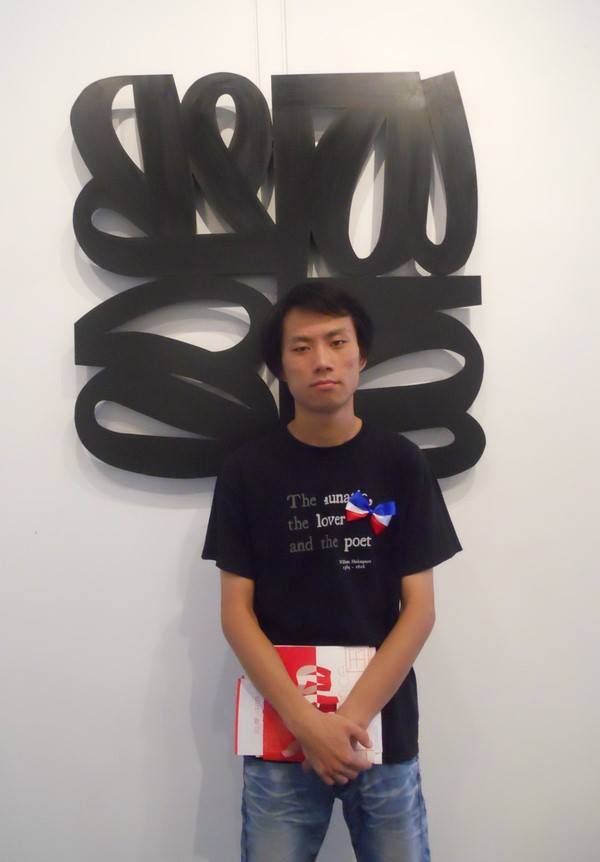Yihe Lu
I am currently in the final year of my PhD study under the supervision of Dr. Yulia Timofeeva at the Centre for Complexity Science. My PhD project is aimed at understanding the modulation of dendritic functions by their structures. Here is the preprint of my thesis ![]() .
.
Recent Work
Neuronal dendrites are able to branch and taper. The complexity of branching tree structures has fascinated scientists since the exemplary work of Ramon y Cajal, whilst the tapering properties of such structures have been considered as a secondary feature. To address effects of tapering, Poznanski has built up a set of useful transformations that allow some tapering cable equations to be solved analytically. Based on that, we have generalised the sum-over-trips approach for computing response functions on branching structures with cylindrical cables to a method capable of acquiring response functions for an arbitrary dendritic tree with tapered branches. This will allow us to get a better understanding of the role of tapered dendritic morphologies on signal processing and dendritic integration.
Publications
- Lu Yihe, Yulia Timofeeva (2016) Response functions for electrically coupled neuronal network: a method of local point matching and its applications. Biological Cybernetics, 110(2-3): 117-133.
Teaching
- Teaching Assistant in MA256 Introduction to Systems Biology, 2015-2016.
- Teaching Assistant in IB121 Quantitative Analysis for Management I, 2016-2017.
Conferences, Workshops and Schools
- The second Integrated Systems Neuroscience Workshop @Manchester, UK, 2017 (poster)
- European Conference on Mathematical and Theoretical Biology -- ECMTB/SMB @Nottingham, UK, 2016 (contributed talk)
- EMBO Workshop on Dendritic Anatomy, Molecules and Function @Crete, Greece, 2016 (poster)
- International Conference on Mathematical NeuroScience @Juan-les-Pins, France, 2016 (poster)
- The Dynamics of Complex Systems: A meeting in honour of the 60th birthday of Robert MacKay FRS @Coventry, UK, 2016 (poster)
- NTU-Warwick Winter School on Introduction to Complexity Science @Singapore, 2015
Background
- 2013-2014, M.Sc. in Mathematics at the University of Warwick. Dissertation: Neural Computation and Memory
 , supervised by Dr. Magnus Richardson.
, supervised by Dr. Magnus Richardson. - 2009-2013, B.Sc. in Mathematics and Statistics at the University of Liverpool. Final year project: Epidemic Modelling for Endemic Diseases
 , supervised by Prof. Damian Clancy.
, supervised by Prof. Damian Clancy. - 2006-2009, Suzhou High School of Jiangsu Province.
PhD project
Amongst all fields of research in Biology (or, even, Nature), Neuroscience is one of those which are the most commonly recognised to present huge Complexity. Not only the number of neurons in a central nervous system provides the possibility of Complexity, but also the structures of neuronal networks realise and often enhance such Complexity. Let alone an individual neuron has a marvelously complex morphology!
Dendrites are mostly responsible for the morphological Complexity of a single neuron. Actually neurons are generally classified by their various dendritic structures and thus naturally they are associated with neurons’ distinct firing patterns. Early studies (mainly by Wilfirid Rall and Idan Segev) founded the theoretical benchmark for mathematical/computational modelling of dendritic functions and, thanks to modern computers, recent studies have shown that some dendritic functions (e.g. dendritic coincidence) are only reproduced with the presence of dendritic structures, in particular, when they are incorporated with dendritic active properties (not somatic).
I am in particular interested in the structures and functions of branching dendritic trees and the mutual relations between them. Herbert Spencer composed, in §175 of CHAPTER I. THE PROBLEMS OF MORPHOLOGY, page 4, Principles of Biology Volume 2, that:
Everywhere structures in great measure determine functions; and everywhere functions are incessantly modifying structures.
However, within the limited prospective of my PhD project, I might have only addressed the first part of the quote. The second part could involve either, at a physiological time scale, neuronal plasticity which leads to learning and adaption, or, at an envolutionary time scale, dendritic morphologies which optimise (or at least modulate) neuronal functions.
There are 3 main parts of my work, and potentially they will become 3 main chapters in my thesis:
- the method of local point matching*,
- sum-over-trips with Poznanski's tapering**, and
- sum-over-trips with general dendritic shapes.
Remarks:
*: The algorithm with its applications has been written up and published (see Publications). Since the algorithm could be applied to realistic neurons with much more complicated morphology, I am looking for someone who is skilled in programming to help me out with implementing it to large networks. Please feel free to contact me if you are interested.
**: The results are promising and we have been preparing a paper for publication, which is expect to be submitted in January, 2018.

Email: yihe[dot]lu[at]warwick[dot]ac[dot]uk
Office: D2.10
